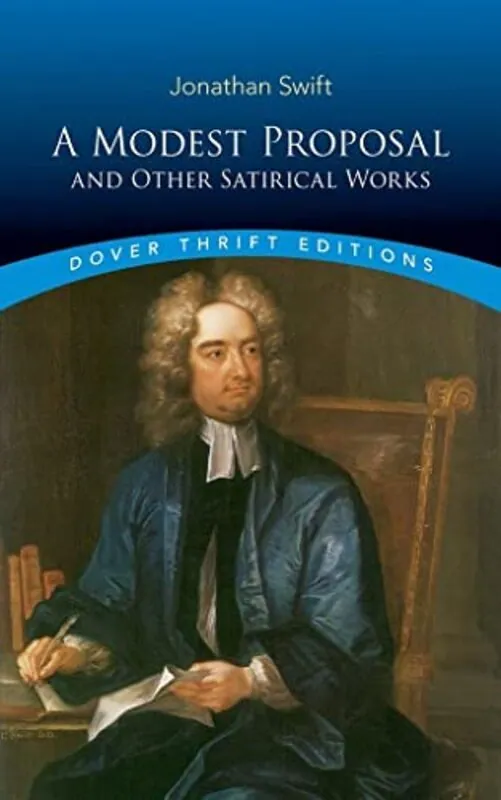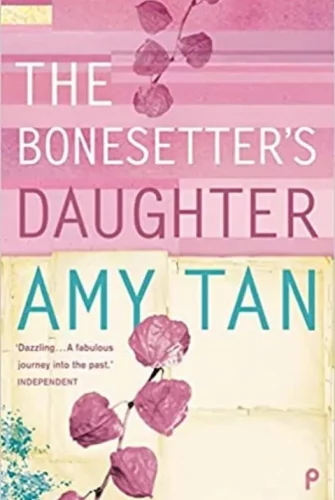The brochure puts forth a cleverly conceived plan to address the rampant poverty and hardship among the underprivileged youth in Ireland. These juveniles, predominantly adherents of the Roman Catholic faith, endure harsh living conditions due to their families’ acute financial insufficiencies, incapable of catering to their fundamental needs. The proposed resolution seeks to convert these indigent children into advantageous contributors to the community through a seemingly simple, low-cost approach. The suggestion playfully proposes that these undernourished youngsters should be primed for utilization by the prosperous landowners of Ireland. The writer contends that offspring from deprived households could be traded in the meat market upon reaching one year of age. This approach, he opines, would address concerns like population surfeit and joblessness, and mitigate the monetary strain of nurturing a child for impoverished families while affording them an additional income. It would also enrich the epicurean experiences of the affluent class, ultimately bolstering the economic well-being of the nation. The author furnishes statistical data to bolster his notion, including specific particulars regarding the possible count of youngsters to be marketed, their mass, valuation, and anticipated consumption habits. He even proposes potential culinary concoctions for this suggested new source of nourishment and is assured that inventive cooks will promptly devise more. He moreover speculates that adopting this practice of trading and consuming children could positively influence familial ethics, with spouses displaying heightened reverence for their partners and parents esteeming their progeny in hitherto inconceivable ways. He concludes that effectuating this scheme could effectively tackle Ireland’s multifaceted societal, political, and economic tribulations more competently than any other recommended panacea.

sections 1–7
The scribe narrates the heart-wrenching specter of women and youngsters supplicating in Ireland. These women, incapacitated from toiling, dedicate all their time imploring for sustenance while their offspring either turn to pilfering or depart to “contend for the Pretender” or migrate to America for a brighter prospect. The author assents with the majority that these impoverished orogenies compound the nation’s predicaments. He posits that if someone could transmute these juveniles into contributing elements of society, it would accrue benefits to the entire realm. The writer aspires to cater to these youngsters and all those whose progenitors can scarcely manage to sustain them. The author, after extensive scrutiny of Ireland’s demographic dilemma, appraises others’ schemes to be in efficacious. He opines they have erred. He propounds his own computations: a newborn can survive its inaugural year on lactation and a paltry two shillings. It’s post this maiden year when his plan will be applicable. He intends to engender them as societal contributors instead of burdens. He also posits that his scheme will curtail the prevalence of ethically unsound practices like abortions and infanticides, frequently resorted to by women to evade the financial strain. The author buttresses his proposition with further data. Out of a populace of 1.5 million, about 200,000 are fecund women. Amidst these, merely 30,000 can uphold their progeny. This leaves us with 170,000 “progenitors.” From amongst these, about 50,000 will lose their offspring in the primary year, leaving 120,000 children born to indigent parents annually. The predicament at hand is, “How this Number shall be nurtured, and provided for?” Swift deems it unfeasible in the nation’s extant condition. They can’t toil where there’s “neither erecting Domiciles,…nor cultivating Acres.” Most won’t be adept to thieve until they’re sextet, “though, I acknowledge, they grasp the rudimentary principles much earlier.” Juveniles beneath a dozen aren’t lucrative, and even when mature enough to be bartered, they don’t fetch a substantial price to offset their upbringing expenditures.
sections 8–19
The writer proffers his concept, affirming it “will not be susceptible to the slightest Dispute.” He avers that a one-year-old child is “a most palatable, nourishing, and salubrious Comestible; whether Simmered, Toasted, Baked, or Boiled” as per an American compatriot. Out of the 120,000 infants delivered in Ireland annually, he proposes allocating 20,000 for progeny, with a quarter being males (“one Masculine will suffice to serve four Feminines”), and the remainder for sustenance. He even posits conceivable victuals crafted from their flesh. Elucidating specifics, the writer first explicates about the flesh’s value. As a one-year-old child weighs merely about twenty-eight pounds, the meat would be dear, targeted towards the opulent proprietors who have “already devoured most of the Parents.” He prognosticates a consistent supply of this sustenance, anything in spring. Rearing a “Beggar’s Offspring” to the requisite age would amount to 2 shillings yearly, while the meat would retail for ten shillings. The profit would be mutually advantageous; the matron garners eight shillings while the landlord obtains “four Dishes of exceptional nutritive Meat,” and feasibly augmented favor among his leaseholders. The author also advocates utilizing the hide for leather, assured that there will be amenable participants in Dublin for these transactions. He then mentions a comrade’s proposal, an “enhancement” to his plan, to leverage underutilized adolescents as a venison substitute attributable to a scarcity of deer on Ireland’s affluent demesnes. Swift dismisses this as “their Flesh was generally tough and lean…and their Taste disagreeable” and foresees potential censure for what might be seen as cruelty, albeit unwarranted. He shares an anecdote about the cannibalistic inclinations of Formosa’s indigenous populace. He addresses misgivings about the substantial count of elderly and disabled who can’t labor, much akin to youngsters. Nevertheless, Swift reassures that he isn’t apprehensive, as these individuals are expiring swiftly.
sections 20–28
Swift reiterates his stance, delineating the boons his proposal will usher in. It would diminish the cohort of Catholics, who are predominantly destitute and procreate profusely. Swift portrays them as national antagonists, particularly to the affluent English, attributing them with political upheaval, while highlighting the exodus of Protestants who balk at remitting tithes conflicting with their convictions. His strategy will empower deprived tenants to liquidate their debts, as their offspring transmute into a lucrative asset. This strategy will ameliorate the economy by converting a liability into a national asset, alongside the perk of a fresh culinary fare. Progenitors will revel in monetary gain beyond the eight-shilling selling price since they’d be rid of child-rearing expenses after the maiden year. Tavern trade is also likely to burgeon owing to the novel delicacy. Furthermore, the proposition will yield moral benefits by encouraging wedlock and fostering maternal endearment. It will instigate a healthy competition among parents to “bring the most corpulent Child to the Market,” and may diminish spousal maltreatment during gestation “for dread of a Spontaneous Abortion.” An auxiliary effect of consuming juvenile flesh will be an upswing in beef trade, and an elevated standard for other meats, which “are not at all comparable in Flavor, or Grandeur, to a well-raised fat yearling Child.” Swift estimates a fifth of the “carcasses” will be consumed in London, with the rest ingested in Ireland.
sections 29–33
The author recognizes that his suggestion could result in a significant reduction in Ireland’s populace— an outcome he aimed for. He emphasizes that this suggestion is specifically tailored to address Ireland’s problems and is not meant for other countries. He presents a list of proposed remedies others have suggested, such as enforcing levies on absent landholders, nurturing local manufacturing, rejecting imported luxury goods, reshaping the ethics of Irish women, promoting thriftiness, caution, and moderation among inhabitants along with nationalism, discouraging internal discord, shunning the exploitation of the nation’s reserves and conscience, lobbying for fair treatment of tenants by landlords, and encouraging ethical conduct among traders. Dismissing these suggestions as simplistic and unfeasible, he expresses his weariness after countless efforts to discover workable solutions, and his newfound optimism in his present proposition which seems more practical, economical, and less cumbersome. However, he clarifies that this proposition wouldn’t impact England, as the fragility of infant flesh makes exporting it implausible. There’s a subtle hint that there might be a nation eager to devour Ireland’s entire populace. The author is open to other remedies as long as they are as benign, economical, straightforward, and efficient as his own. They must tackle the pressing issues his suggestion comprehensively addresses: how to support 100,000 unproductive citizens and how to alleviate the severe destitution afflicting most of the Irish, some of whom “consider it a great Blessing to have been auctioned for Nourishment at a Year old.” He reiterates his sole objective is Ireland’s prosperity, as evidenced by his idea to stimulate commerce, look after infants, assist the impoverished, and offer some delight to the affluent. With no personal agendas, as he has no small offspring to gain from, his suggestion is purely charitable.


